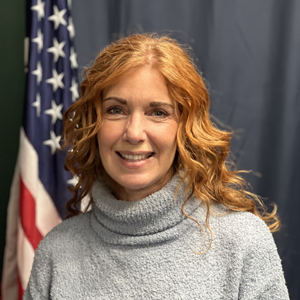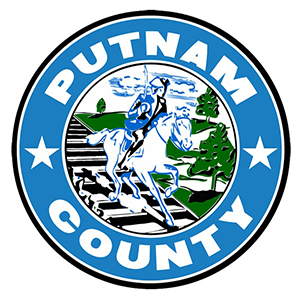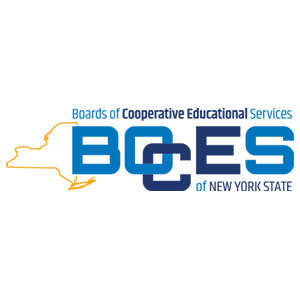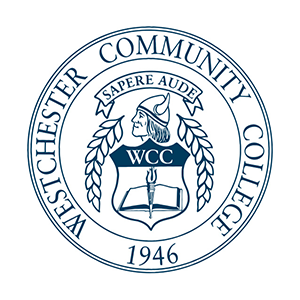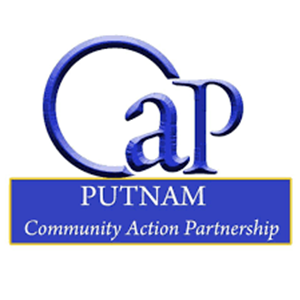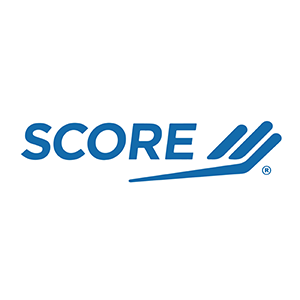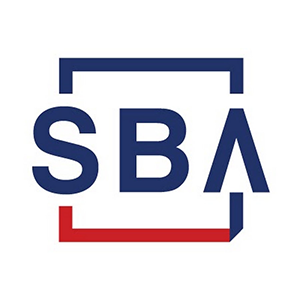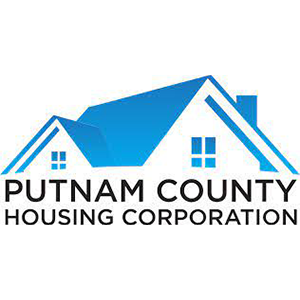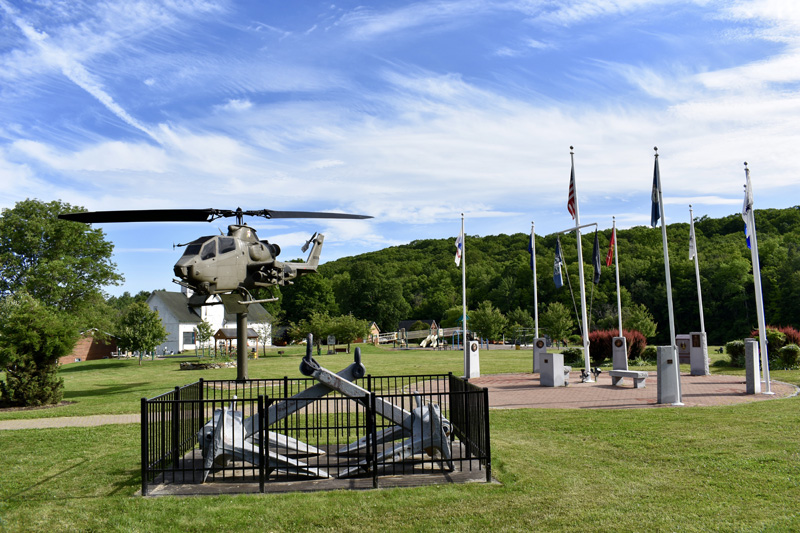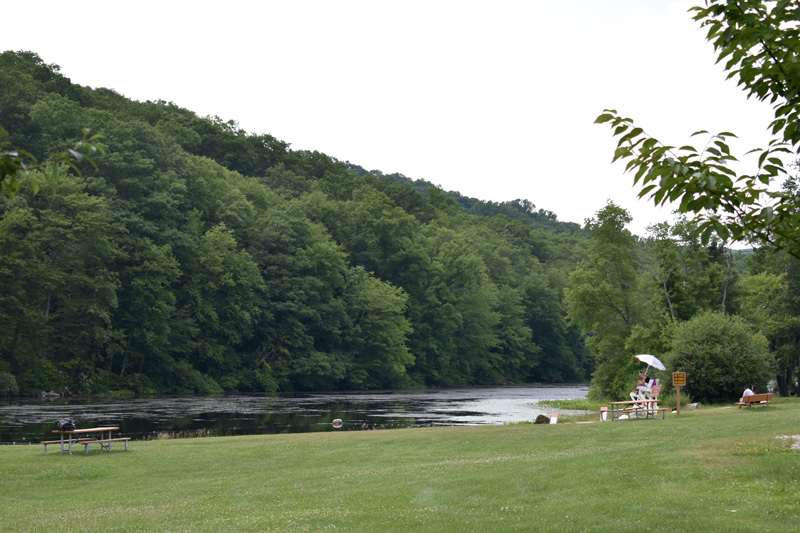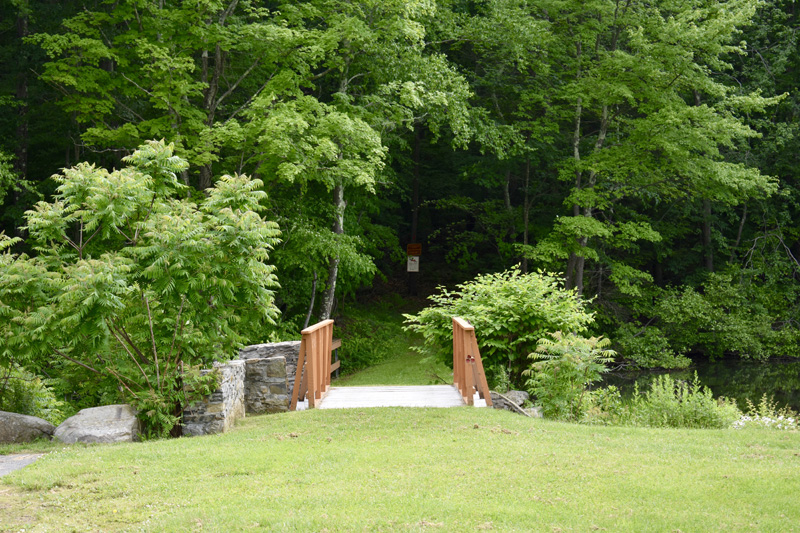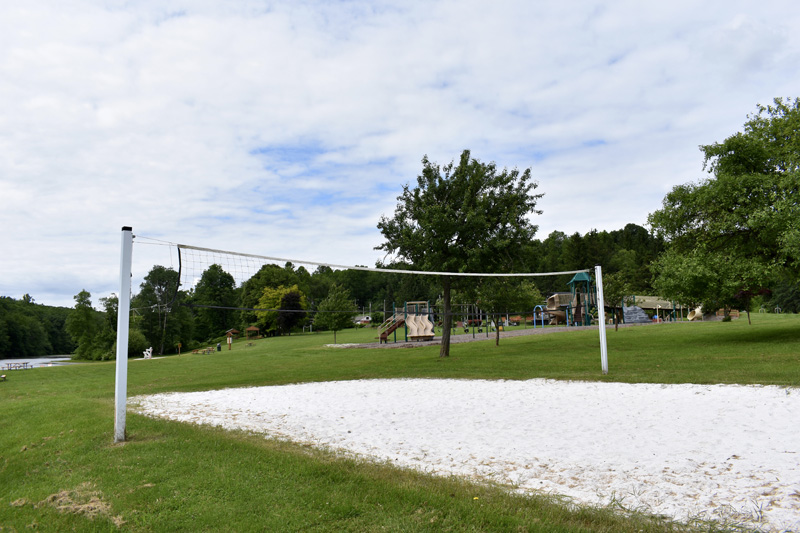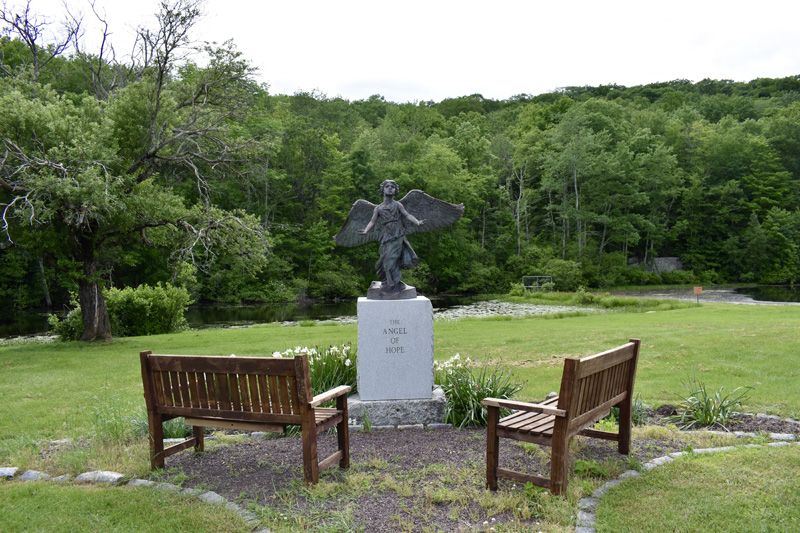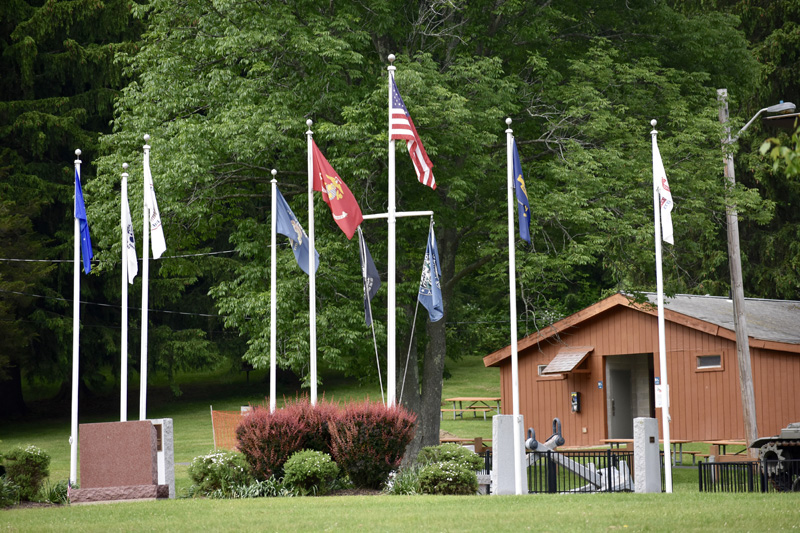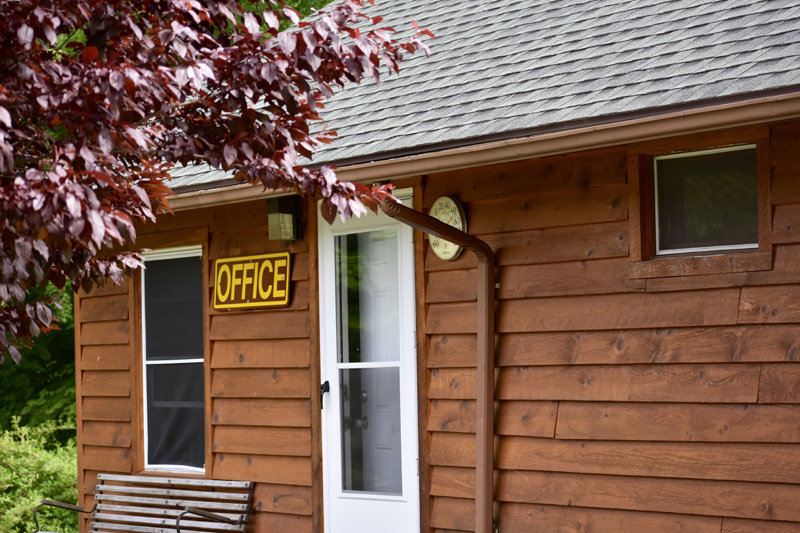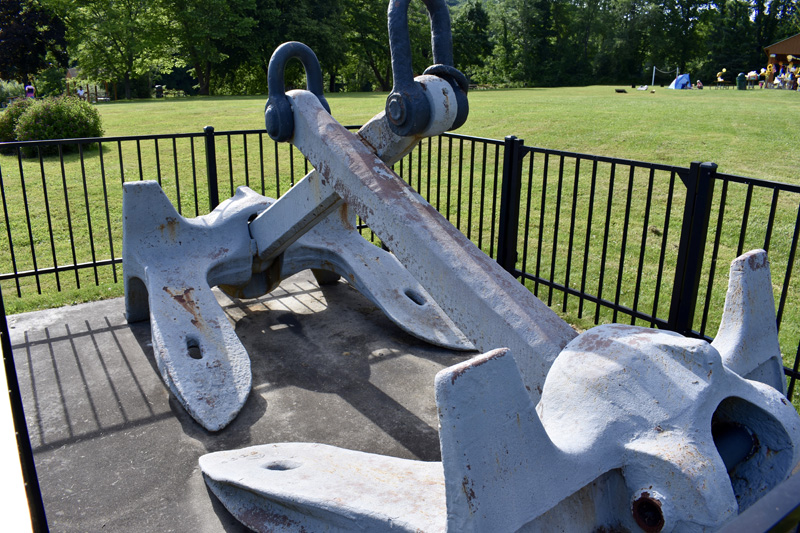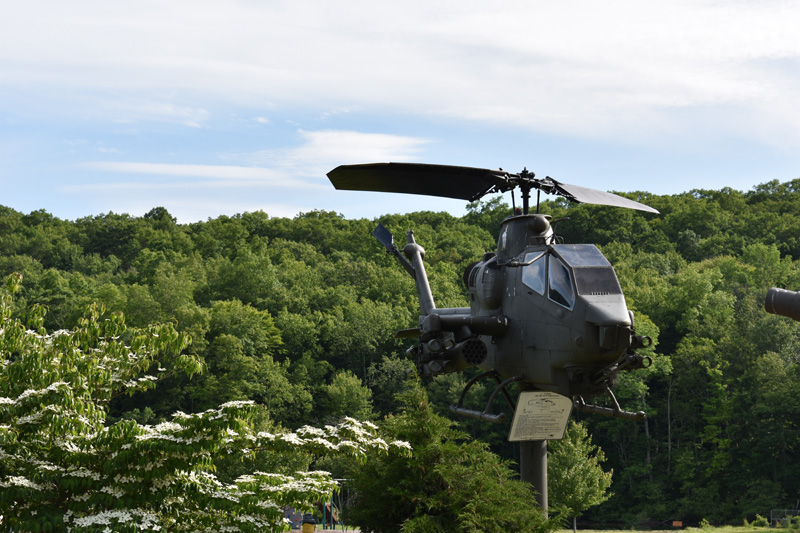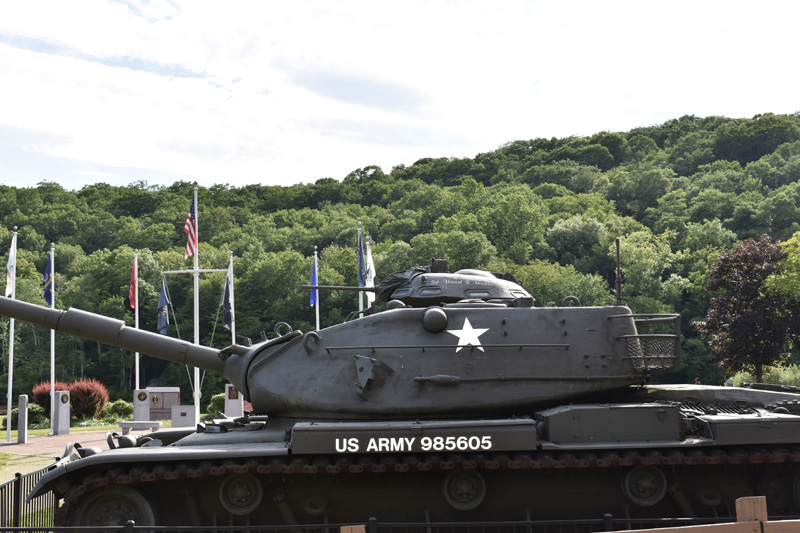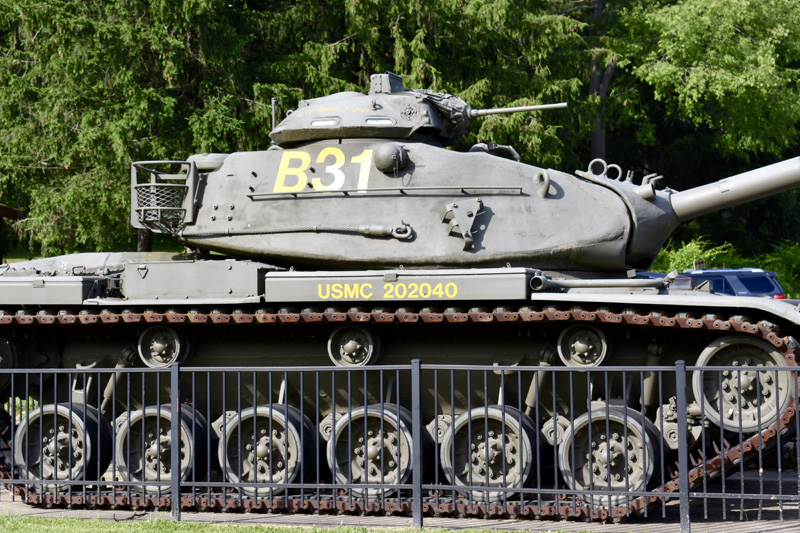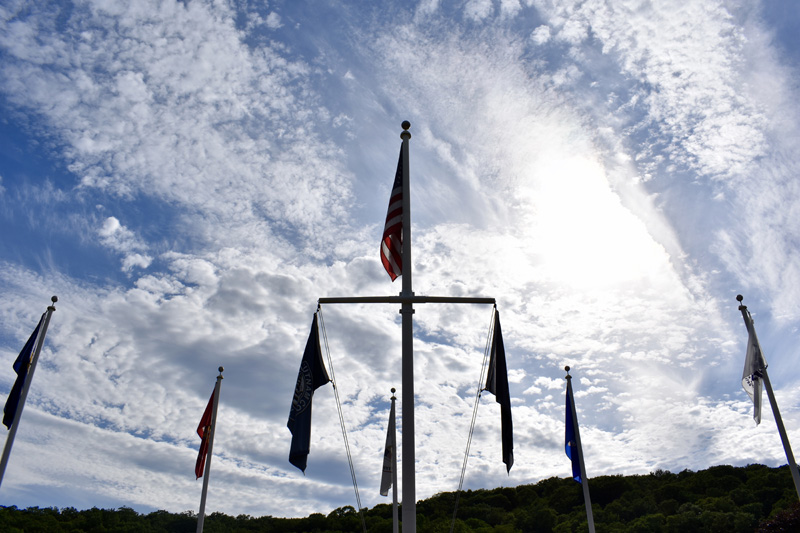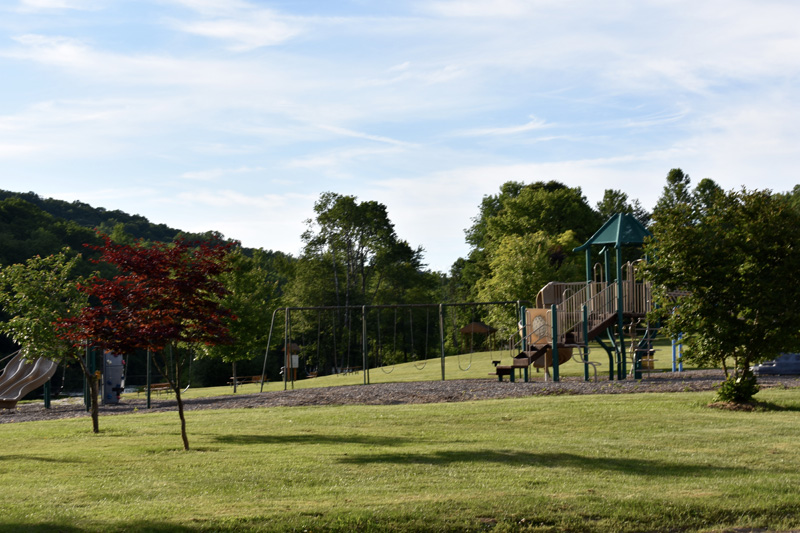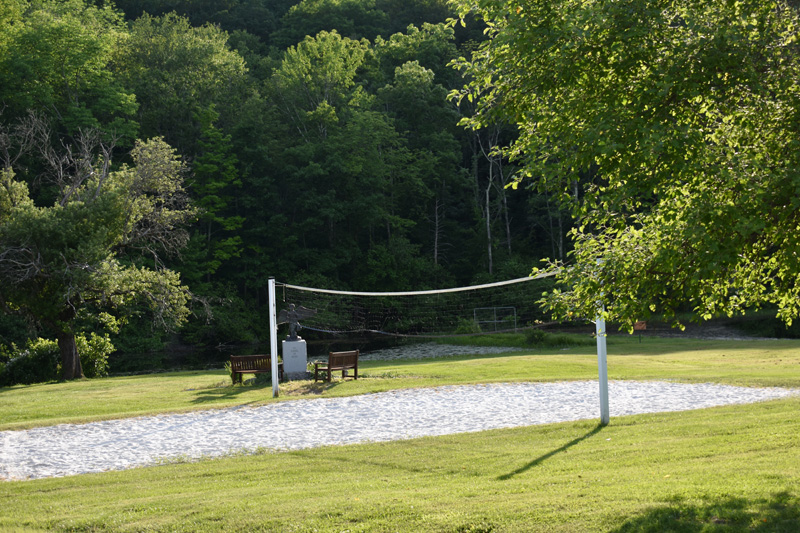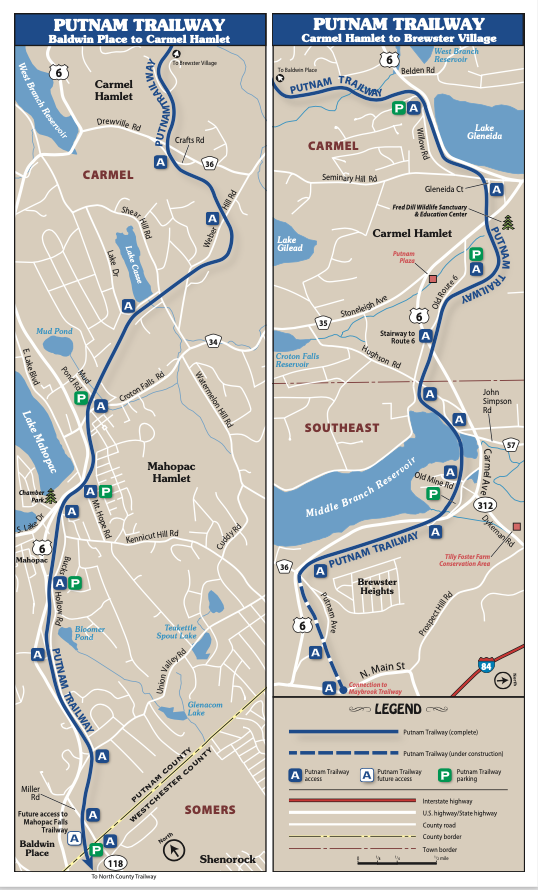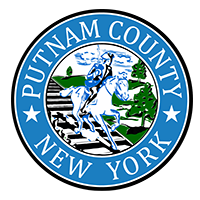
Department of Probation
Putnam County
Mission Statement
The mission of the Putnam County Probation Department is to protect the safety and well-being of the people of Putnam County by diligently supervising the juveniles and adults placed under our direction by the family and criminal courts.
We also strive to assist these individuals in addressing their various problems and needs in order to become productive members of the community. Additionally, we assist crime victims in restoring their lives through reparation and with referrals to community resources.
Contact the Department of Probation
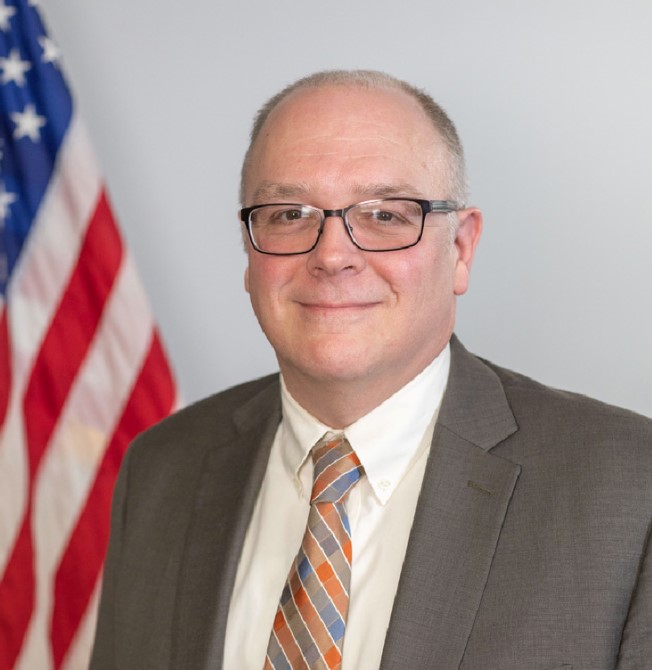
Department of
Probation
Services Offered
-
Directory
Learn More
-
Criminal Court Adult Services
Learn More
-
Family Court Petition Assistance
The probation department assists the public with filling out Family Court related petitions having to do with family offenses (aka orders of protection) and custody/visitation. This also includes preparation of modification and violation (aka enforcement) petitions. We can handle some emergency walk-in petitions, but it is always best to call ahead to let us know you will be coming, to make the process as smooth as possible for you. All other petitions are handled by appointment. Please call ahead to schedule.
Learn More
-
F.A.Q.s
Here are some commonly asked questions for the Department of Probation.
Learn More
-
Probation Employment Liaison Officer
The Putnam County Probation Department recognizes the importance of sustained employment for individuals under community supervision. Employment provides individuals a means to self-sufficiency and the ability to support their families, as well as the capacity to structure their time in positive ways. Probation also understands the needs of area employers and their ability to ask questions of probation officers about work schedules and other work environment related issues. Accordingly, the Putnam County Probation Department has designated a single point of contact or Probation Employment Liaison officer to communicate with area employers.
Read more
-
Treatment Court
Treatment Court – a coordinated team effort of the assigned judge, court staff, prosecution, defense counsel, probation, sheriff’s department, mental health, social services, and treatment professionals to actively intervene and break the cycle of substance abuse, addiction and crime. Participation is offered to those who would otherwise be facing incarceration for offenses that are drug or alcohol related.
-
Helpful Links
Here is a list of helpful links that we have vetted for your own use.
Read more
Probation is a proven, cost-effective utilization of taxpayers’ dollars within the criminal justice system to supervise offenders in the community as an alternative to incarceration. Probation services are mandated by New York State Executive Law Section 256 which provides for the establishment of county probation agencies.
Today’s probation officers find themselves performing many of the functions performed by their counterparts in the police and corrections services. Like police and other peace officers throughout the state, Putnam County probation officers are armed and trained in the use of weapons. Probation officers are also exposed daily to the risks and dangers involved in managing an increasingly high-risk and sometimes violent criminal population.
Probation officers in Putnam County provide a vital law enforcement element to the community’s public safety and comprise the main support function to our criminal justice system. Their duties involve them in virtually all phases of the criminal justice process. A probation officer is challenged to be a peace officer, case manager, and the investigative arm of the courts. Administratively, a probation officer is within the executive branch of government.
Probation officers are challenged to oversee the supervision and treatment of offenders, satisfy crime victims, be accountable to the public, monitor school and employment progress, conduct home visits, supervise resistant, high-risk offenders, administer drug/alcohol tests and be on call to duty as needed.
Probation officers must be thoroughly trained in such areas as chemical dependency, the law, sex offenses, child abuse, domestic violence, literacy, employment counseling, mental health, field and office safety, defensive tactics and crisis intervention. They must be familiar with the resources available in the community and must be able to effectively collaborate with other law enforcement agencies, as well as various rehabilitative organizations.
Directory
Criminal Court Adult Services
- Victim Impact Panel– mandated for DWI offenders; presentation by victims who volunteer to tell their stories of how their lives have been dramatically altered by a drunk driver.
Please click here for the 2025 Schedule
- Community Policing– probation officers ride along with members of the Putnam County Sheriff’s Office and police departments in the Towns of Kent and Carmel to conduct home/field visits of probationers.
- Domestic Violence Offender Specialized Supervision– limited caseload of DV offenders assigned to one probation officer, supervised intensively, with special emphasis placed on the needs of victims.
- Sex Offender Specialized Supervision– limited caseload of sex offenders intensively supervised by one probation officer with greatest emphasis placed on minimizing re-offense.
- Warrant Squad– Specially trained, armed probation officers who execute Violation of Probation warrants on probationers who have absconded from supervision or who are otherwise in violation of their court ordered conditions.
- Alternatives to Incarceration Program consists of two parts: Pre-Trial Release and Community Service.
- Pre-Trial Release – As an alternative to bail, individuals who have been charged with a crime, but not yet convicted, may be released by the court with conditions that could include pre-trial supervision by a probation officer and/or electronic monitoring.
- Community Service – The courts order a defendant to perform a specified number of community service hours in lieu of jail time. The probation assistant develops and monitors appropriate community service work sites and matches up defendants to these work sites, monitoring their compliance and successful completion.
Family Court Petition Assistance
Family Court Petition Assistance
The probation department assists the public with filling out Family Court related petitions having to do with family offenses (aka orders of protection) and custody/visitation. This also includes preparation of modification and violation (aka enforcement) petitions. We can handle some emergency walk-in petitions, but it is always best to call ahead to let us know you will be coming, to make the process as smooth as possible for you. All other petitions are handled by appointment. Please call ahead to schedule.
If you have made an appointment for Family Offense petition assistance please arrive 10-15 minutes early to allow time to fill out the initial paperwork we require. If you prefer to complete these forms ahead of time, please see the forms below.
TO PREPARE FOR YOUR APPOINTMENT:
If you are coming here to modify or violate (enforce) an order you will need to bring that order with you. We do not have access to look up your case or see your case history. Should you not have these documents upon your arrival, you will be asked to go to the courthouse to obtain copies. Please be aware that the court cannot always print these documents for you right away and, at times, will need to mail them to you. If this happens, you will need to re-schedule your appointment with our office.
To ensure you have everything you may need for your appointment, it’s best to bring the most recent family court orders, if any, as well as Judgment of Divorce AND Stipulation of Settlement with you. These need to be signed copies.
--
PLEASE NOTE:
Our office does not assist in preparations of adoption or guardianship petitions. The Putnam County Supreme Court handles these cases. You will need to contact that office to determine what steps you need to take. They can be reached at 845-208-7800.
We do not prepare petitions to file for a modification of a local criminal court order of protection. You must contact the Putnam County District Attorney’s office to obtain information about this. They can be reached at 845-808-1050.
The Putnam County Support Collection Unit can also assist the public with preparing support related petitions if you are using the support collection unit to collect the child support. They can be reached at 845-808-1500.
Should you wish to fill out these forms yourself please use the following links to download and print your forms. Once printed, please bring these completed petitions to the Putnam County Family Court Clerk’s office.
FORMS
For a complete list of all New York State petitions available please visit: https://www.courts.state.ny.us/forms/familycourt/index.shtml
Additionally, there is a computer in the court library as well as on 2nd floor of the courthouse for the public to self-prepare these petitions.
After completion, all petitions are then filed on the 2nd floor of the courthouse at the Putnam County Family Court Clerk’s office. Once your petition is filed all questions regarding your case or court appearance dates will need to be directed to the family court clerk’s Office.
Frequently Asked Questions
-
What is Probation?
Probation is an alternative to incarceration that allows certain offenders to live and work in the community, support their families, participate in counseling services and make restitution to the victims of their crimes. The ultimate goal of probation supervision is to protect the community, rehabilitate the offender and reduce crime.
Probation is the most common sentence imposed by the courts in the United States, and probation officers supervise more offenders than the NYS Department of Corrections and Division of Parole combined.
-
How is Probation different from Parole?
Although probation and parole officers share similar functions and responsibilities, there is a difference in the population they supervise. Probation is an alternative to incarceration, and though some defendants spend a short period of time in jail, at the beginning of their probation sentence, most remain free in the community. Parole officers, on the other hand, supervise individuals who have served a sentence and been released from the state prison system.
-
What are the powers of a Probation Officer?
Probation Officers are designated as peace officers, holding powers similar to those of a police officer, but different. Probation officers have the power to arrest, even without a warrant if circumstances dictate. They also have the authority to search the person and property of an offender without a warrant to ensure compliance with conditions of probation. Some officers carry guns, others do not.
-
What is a defendant sentenced to Probation required to do?
Depending on the circumstances surrounding their case, defendants may be required to: attend substance abuse, mental health or other types of counseling program; remain abstinent from alcohol and drugs; submit to drug and alcohol testing; abide by a curfew; pay restitution; remain employed or in school; drive with an ignition interlock device in their vehicle; or abide by other conditions that are related to their rehabilitation.
-
What happens if a probationer violates the terms of Probation?
Several different factors are considered when a probationer violates the terms of supervision, including the seriousness of the violation and the history of the offender. Sanctions imposed can range from an increased level of supervision to revocation of the sentence and a period of incarceration.
Helpful Links
-
Local Government
-
Local Resources
-
State Agencies & Associations
-
National Resources
Probation Employment Liaison Officer
The Putnam County Probation Department recognizes the importance of sustained employment for individuals under community supervision. Employment provides individuals a means to self-sufficiency and the ability to support their families, as well as the capacity to structure their time in positive ways. Probation also understands the needs of area employers and their ability to ask questions of probation officers about work schedules and other work environment related issues. Accordingly, the Putnam County Probation Department has designated a single point of contact or Probation Employment Liaison officer to communicate with area employers.
Please feel free to contact Senior Probation Officer Charleen Effinger at 845-808-1111 ext 49129 if you are an area employer who has any general questions about probation conditions relating to employment, employment opportunities for individuals on probation, or if you have any other employment related questions or concerns.

